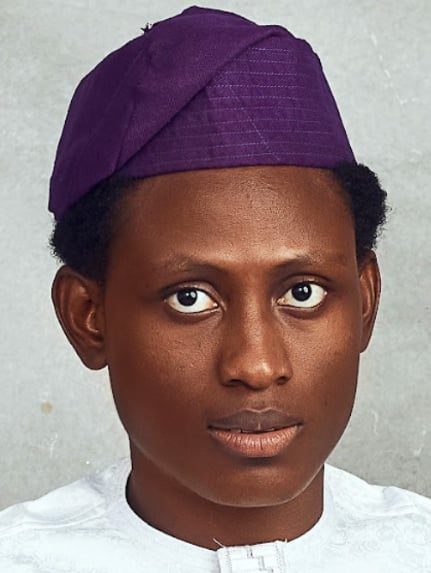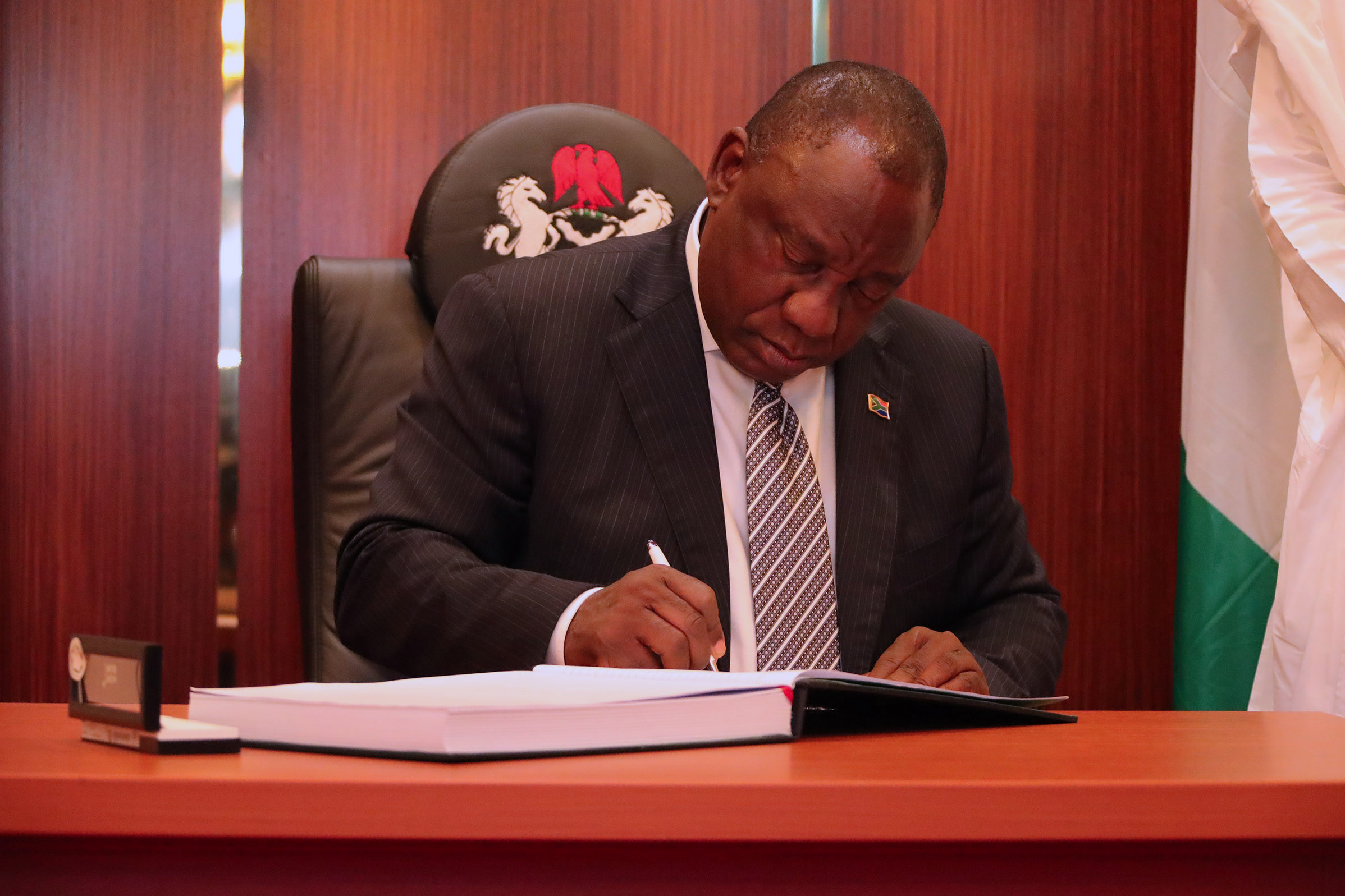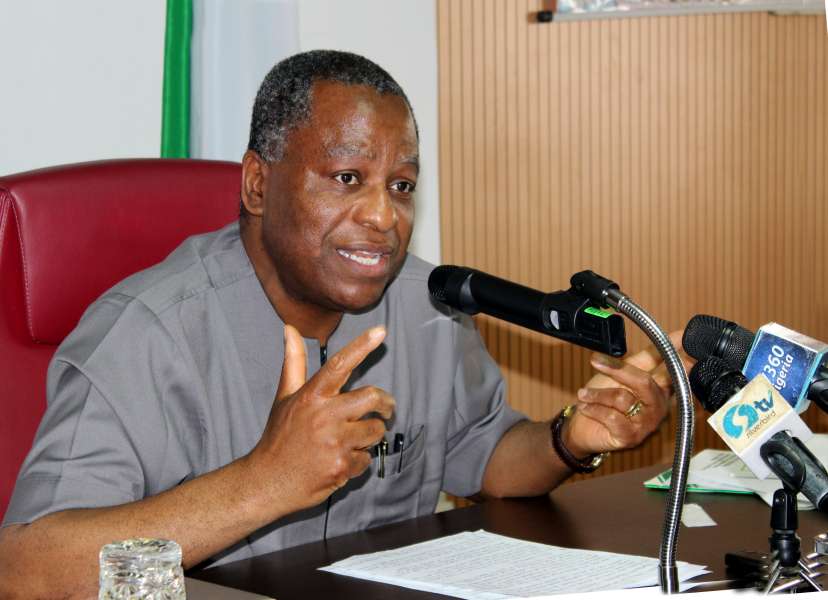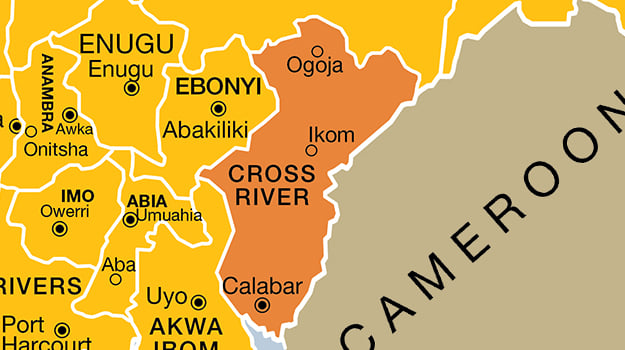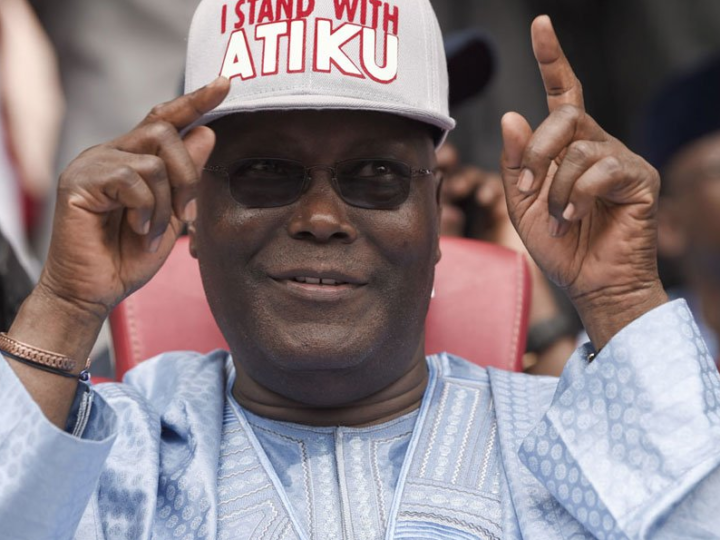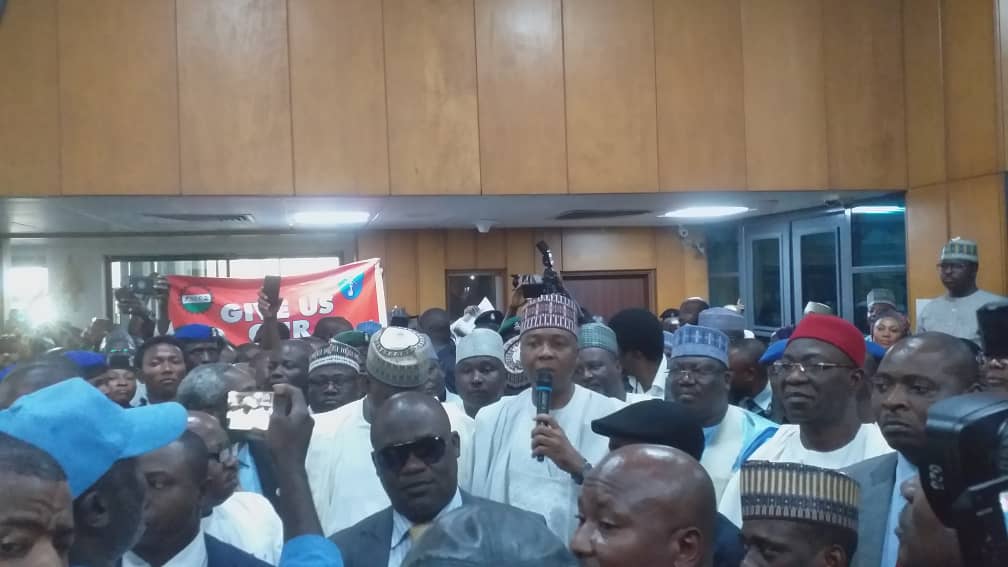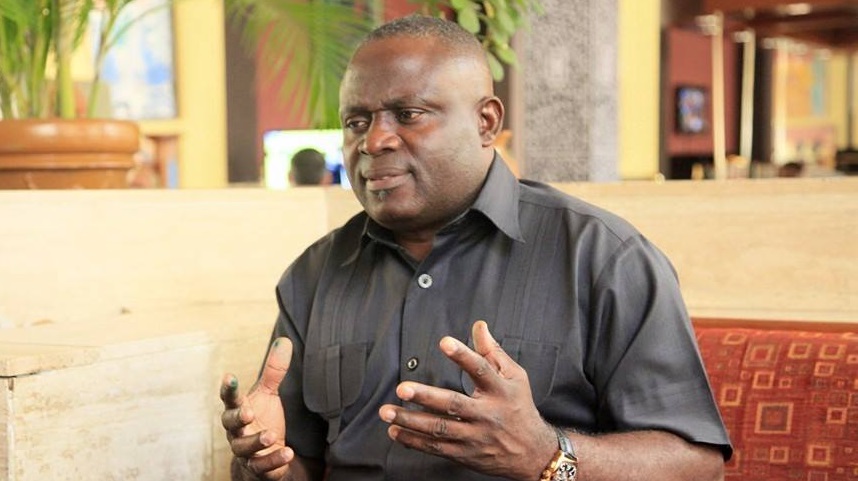Ramaphosa signing the visitor register
South Africa, the second biggest economy, has exited one of the shortest recessions on the continent, ahead of the 2019 election.
In September, it was reported that the economy fell into a technical recession, after recording two consecutive quarters of negative growth.
According to the South African office of statistics, the economy grew by 2.2 percent in the third quarter of 2018.
This is a boost for President Cyril Ramaphosa, who has been on continuous investment roadshow to shore up the country’s economy, even as he seeks re-election in 2019.
Advertisement
StatsSA had said in September, that the country’s economy slipped into recession based on weaknesses recorded in the agriculture and manufacturing sectors of the country.
A statement from StatsSA showed that the agriculture expanded by 6.5 percent, after an underwhelming first and second quarter of 2018, which impacted heavily on the overall growth.
In Q3 2018, the mining sector was down 8.8 percent, while the financial and manufacturing sectors were up 2.3 percent and 7.5 percent, respectively.
Advertisement
There was also a jump of 3.2 percent in wholesale and retail trade sales as the nation’s currency appreciated against the US dollars and the British pound, in the period under review.
Nigeria and South Africa, the biggest economies on the continent, have been into recessions that have affected the overall growth of the entire continent.
Nigeria slipped into its worst recession in 29 years in the second quarter of 2016. The country was in the recession for four quarters — 12 months, before recording a growth of 0.6 percent in Q2 2017.
Both countries will be going to the polls in 2019 to elect a president, as Ramaphosa and Nigeria’s Muhammadu Buhari will be standing in for their individual elections.
Advertisement
Add a comment
